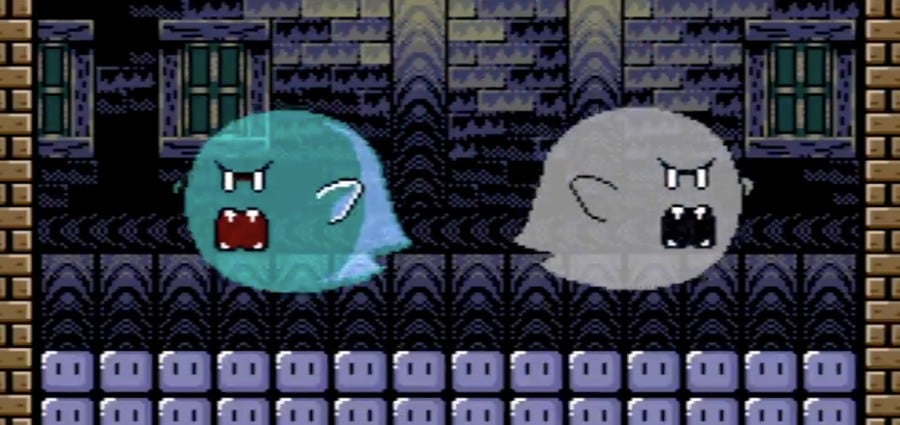
The SNES had several cool visual tricks up its sleeve, one of which was transparent effects, which looked nothing short of remarkable back in the early '90s.
Rival machines, like the Genesis / Mega Drive, used a technique known as dithering transparency (or screen-door transparency) to make objects appear transparent, but the SNES was capable of achieving this effect in a far more convincing manner.
Along with its Mode 7 effects, transparency was one of the key talking points when debates between Sega and Nintendo fans occurred, but in 2024, we're pleased to report that industrious homebrew coders have succeeded in replacing the same effect on the Genesis / Mega Drive.
Shannon Birt, taking a break from working on the amazing-looking shmup Lufthoheit, has been tinkering with transparency effects on Sega's console.
"Took a little side step from Lufthoheit's coding headaches thanks to @turboxray," says the developer. "He's been doing coding magic on this scene on the PC Engine, so he asked me to see what could be done on Mega Drive and kindly sent me the artwork."
The technique involves using the hardware's Shadow & Highlight modes to create "translucent objects in brighter and darker shades." According to Birt, "highlight brightens any underneath pixel several shades and Shadow conversely halves its brightness."
The end result is not one but two transparent Boo ghosts moving around the screen at 60 fps. "We still have CPU left for more logic within 60 FPS, so a boss scene with this technique will definitely be on the cards in Lufthoheit, as with all these tech demos, we'll use the tech in an actual game also," adds Birt.
